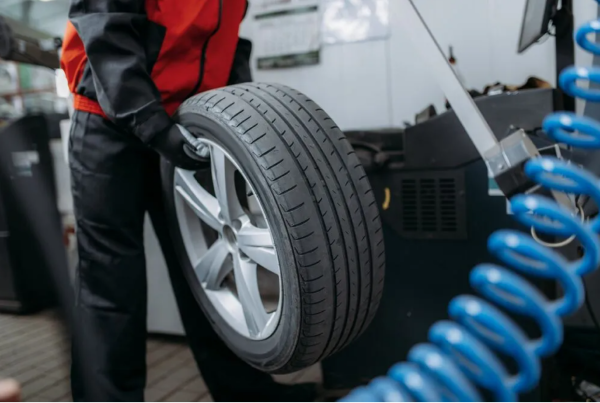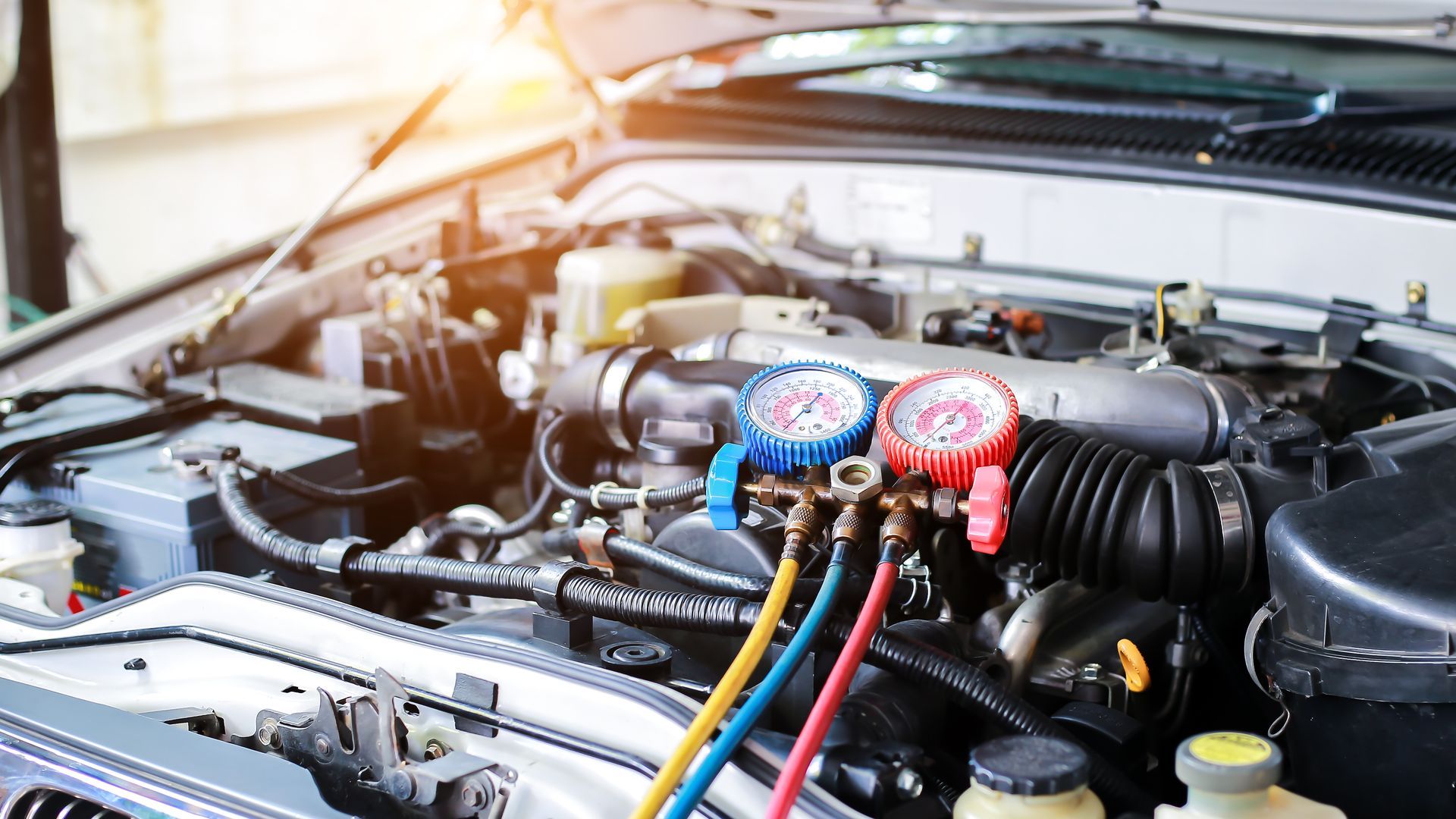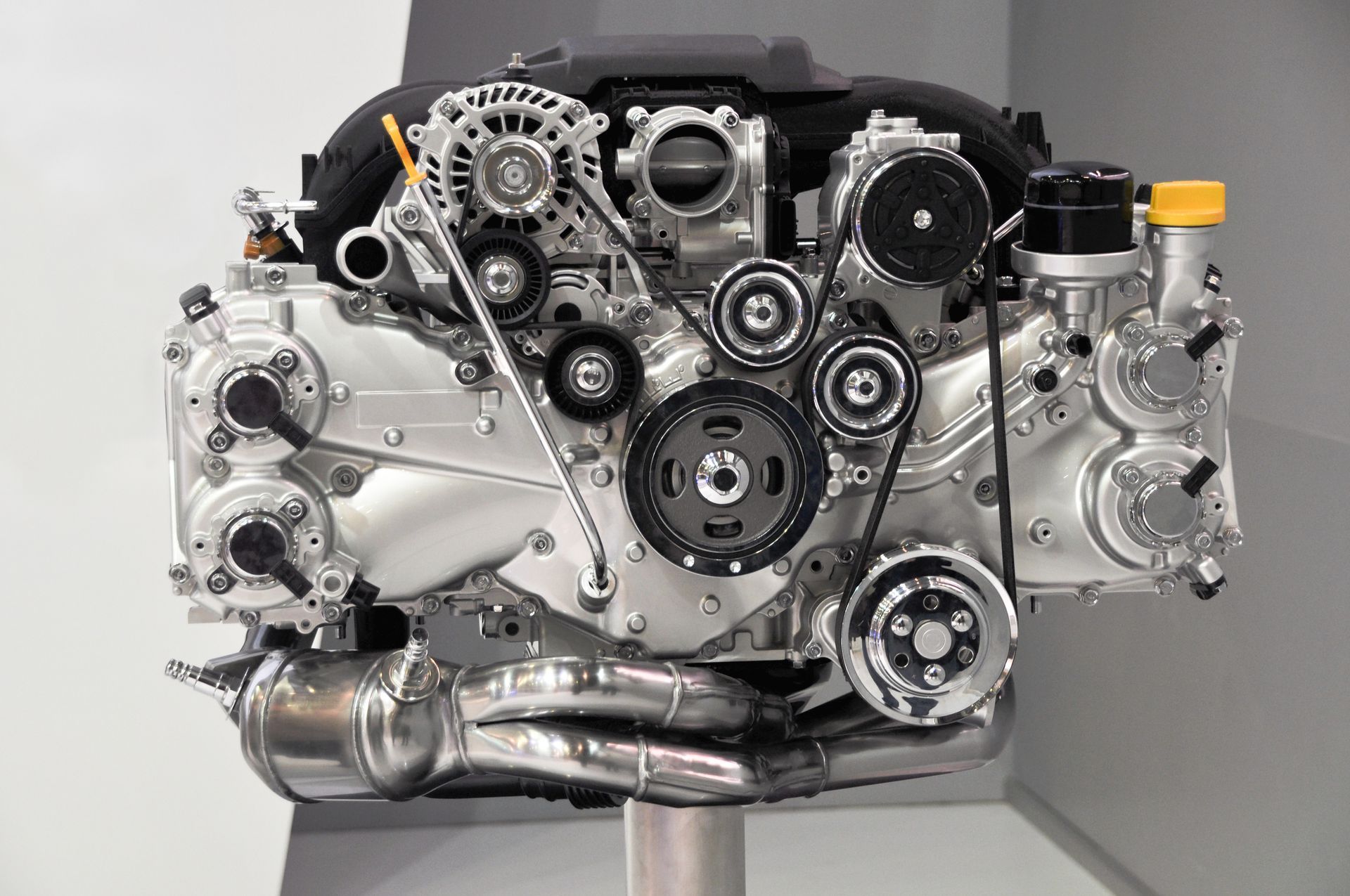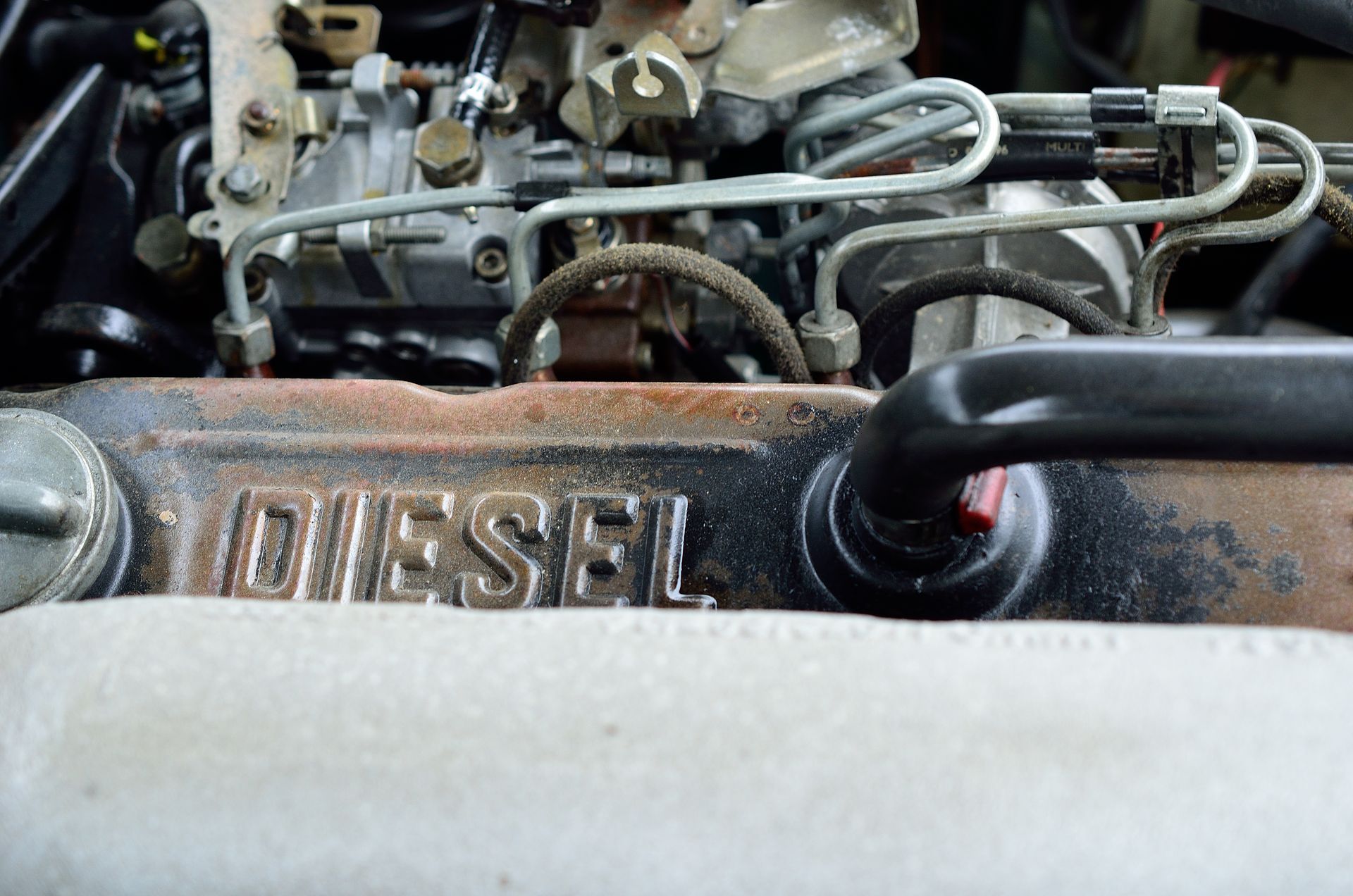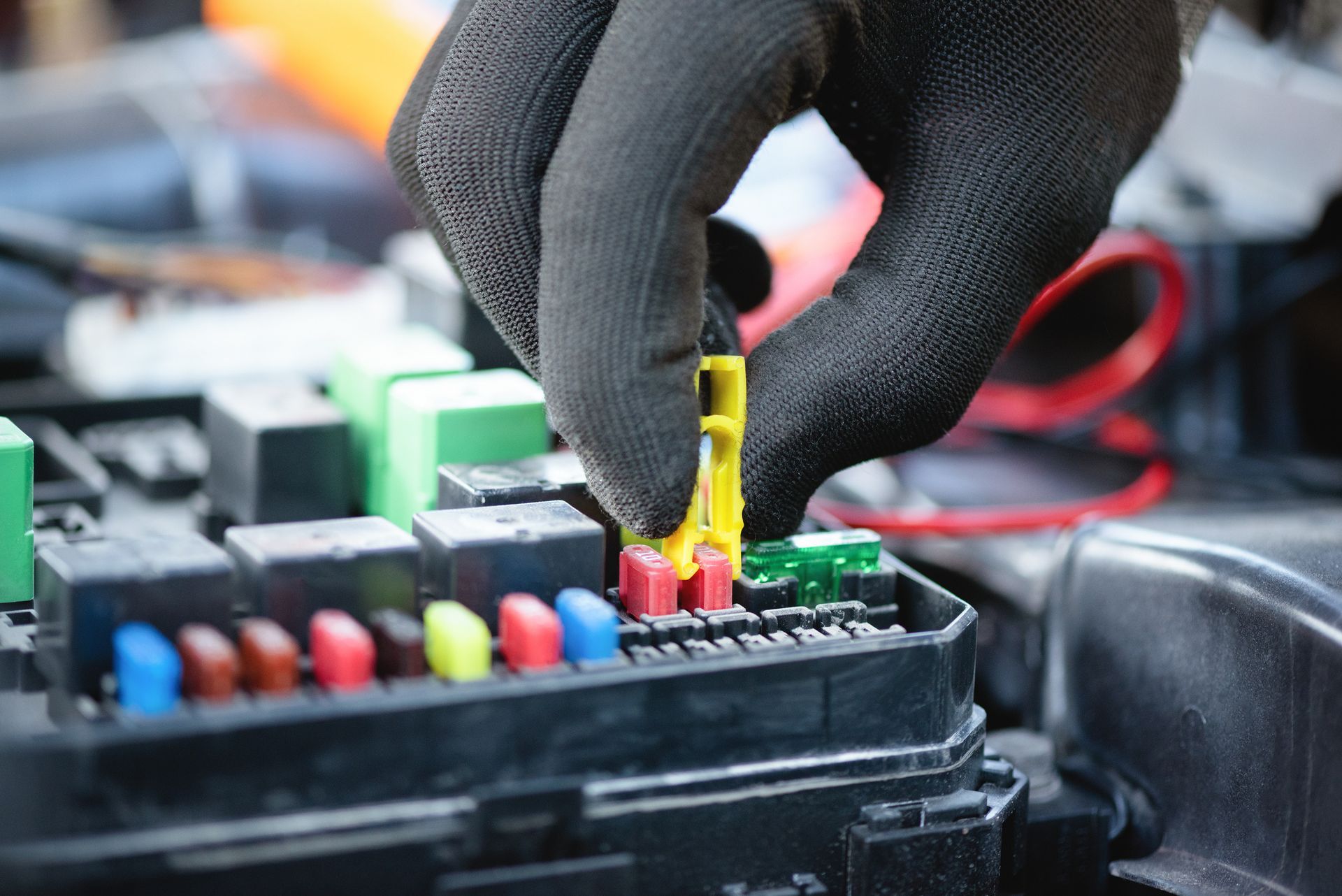When people think of battery problems, they often imagine freezing winter mornings. But did you know that extreme heat can be even harder on your car’s battery? In places like Texas, where summer temperatures soar, a dead battery is a common roadside headache. Knowing why this happens and how to protect your battery can save you from inconvenient breakdowns and costly repairs.
Why Heat is Harder on Batteries
While cold weather slows a battery’s chemical reactions and reduces its power output, hot weather accelerates those reactions, causing batteries to wear out faster. High temperatures can also lead to the evaporation of battery fluid, reducing capacity and increasing the risk of internal damage.
Under-the-hood temperatures can easily exceed 140°F during the summer, creating an environment where batteries struggle to survive.
Warning Signs Your Battery is Struggling
Before your battery completely fails, it usually gives you hints. You might notice the engine cranking slower than usual, dashboard lights dimming when starting, or electronics like power windows and the radio acting sluggish.
Another telltale sign is a swollen or bloated battery case, often caused by excessive heat and internal pressure.
How Summer Driving Habits Impact Battery Life
Summer often means more road trips, heavier use of air conditioning, and longer periods of idling in traffic — all of which put additional strain on the battery. Frequent short trips can also prevent the battery from fully recharging, further weakening it over time.
If you combine this with heat stress, it’s a recipe for premature failure.
How to Protect Your Battery
The good news is that there are practical steps you can take to reduce the risk of a dead battery during summer. Start by having your battery tested before the hottest months hit. A quick check can reveal whether your battery is holding a charge properly and if it’s nearing the end of its lifespan.
Keep the battery and terminals clean and free from corrosion, as buildup can interfere with electrical flow. If you see a white or bluish powder around the terminals, it’s time for a cleaning.
Parking in shaded areas or a garage can also help minimize heat exposure under the hood, protecting both your battery and other engine components.
The Importance of Charging System Checks
A battery doesn’t work alone — it depends on the vehicle’s charging system, including the alternator and voltage regulator. A weak alternator might not provide enough power to keep the battery charged, especially when accessories like the AC are running full blast.
Having your entire charging system inspected ensures that every part is working together to keep your battery healthy.
Replace the Old Battery
Batteries typically last three to five years, but extreme heat can significantly shorten their lifespan. If your battery is nearing this age range, it’s wise to be extra cautious.
Rather than waiting for it to fail on a sweltering day, consider replacing it proactively to avoid an unexpected breakdown.
Other Tips for Avoiding Summer Battery Trouble
Aside from parking in shade and keeping terminals clean, reducing electrical loads when starting the car can help. Turn off the AC and radio before starting to reduce initial strain.
If your vehicle sits unused for extended periods (such as during vacation), consider using a battery maintainer or trickle charger to keep it topped off.
Trust Brady’s Auto Repair and Diesel in Boerne, TX
At Brady’s Auto Repair and Diesel in Boerne, TX, we understand just how tough Texas summers can be on your vehicle’s battery and electrical system. Our experienced technicians can test your battery, inspect your charging system, and recommend maintenance or replacement before you find yourself stranded in the heat.
Don’t let a dead battery ruin your summer plans. Schedule a battery and charging system check with us today and enjoy peace of mind no matter how high the temperatures climb.
